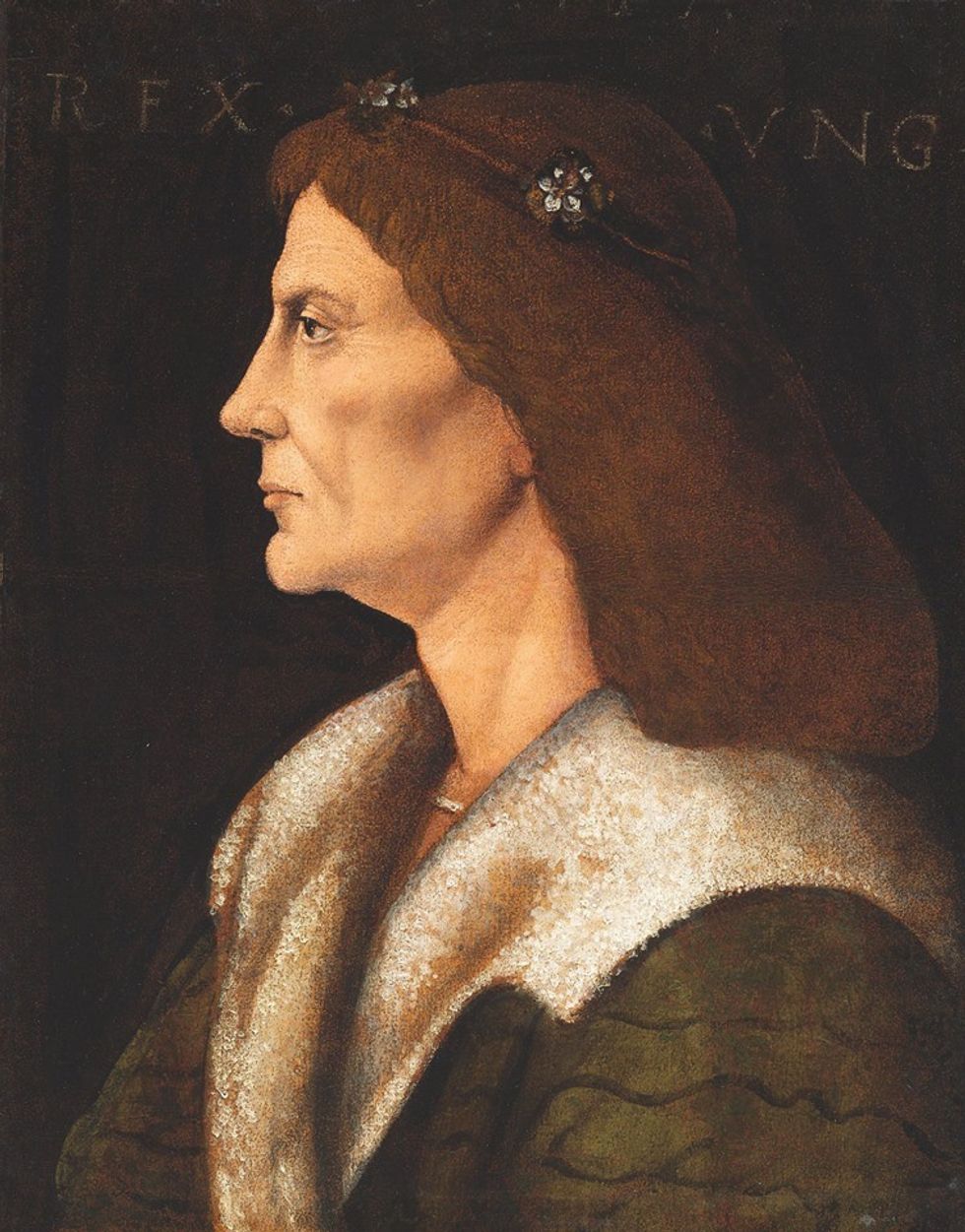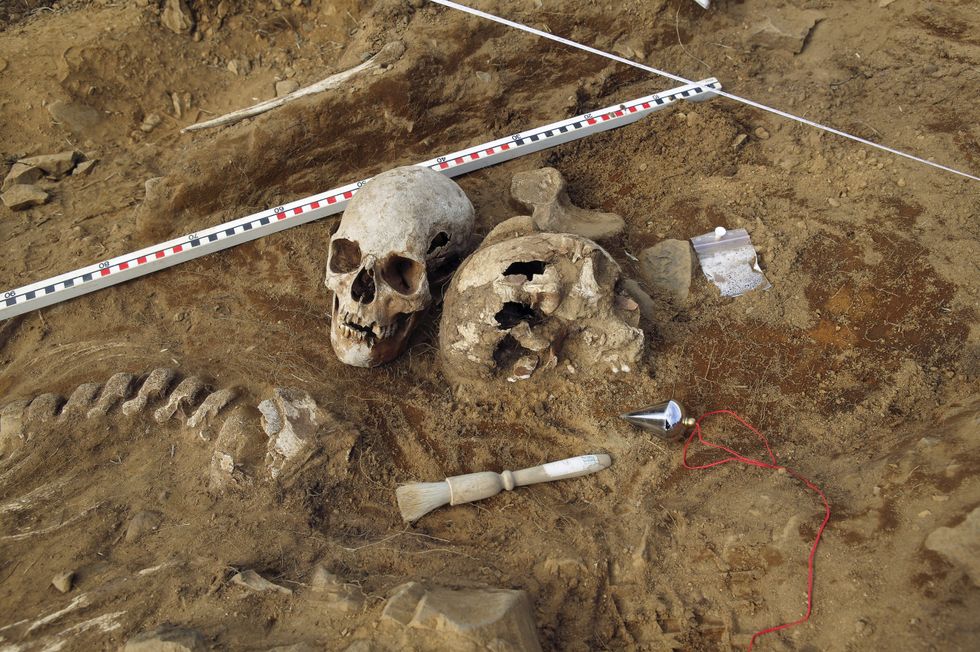Origins of largest Altar Stone at heart of Stonehenge laid bare by Aberystwyth University
The basilica is known to have been a coronation and burial site for medieval Hungarian kings
Don't Miss
Most Read
Researchers from the King Stephen Museum in Hungary believe an unidentified skull discovered in 2002 may belong to a legendary 15th-century ruler.
The skull, labelled simply as "I/10", was found during excavations at the Basilica of the Virgin Mary and could belong to King Matthias Corvinus, scientists believe.
A new study has revealed striking similarities between this skull and that of the king's illegitimate son.
The basilica is known to have been a coronation and burial site for medieval Hungarian kings, adding weight to the theory.

A new study has revealed striking similarities between this skull and that of the king's illegitimate son
Wikimedia Commons
Further DNA tests are still needed to confirm the identity of the remains.
Researchers found that the skull bears particular resemblance to that of János Corvinus, the king's illegitimate son, whose remains were previously discovered in Croatia.
Given the skull's location at the basilica where other kings were buried, experts suspect it could only belong to King Matthias himself.
However, Hungarian officials have urged caution about the findings.
MORE ARCHAEOLOGY BREAKTHROUGHS:
"We will be able to make a final statement after the verification," the Institute of Hungarian Research said, according to Archaeology Mag.
The scientific verification process is still ongoing to confirm the hypothesis.
King Matthias Corvinus ruled Hungary and Croatia from 1458 to 1490, earning the nickname "The Just" for his reforms to the justice system.
He was known for selecting talented individuals based on their abilities rather than social status.
His reign marked one of the first European kingdoms to embrace the Renaissance movement, spreading from Italy.

The skull was found during excavations at the Basilica of the Virgin Mary (stock pictured)
Getty
The king established the Bibliotheca Corviniana, one of Europe's largest book collections at the time.
Corvinus also created one of medieval Europe's earliest professional standing armies, which played a crucial role in repelling Ottoman invaders.
Several historical written sources support the theory that King Corvinus was buried at the cathedral.
The king's funeral is documented as taking place at the basilica in 1490.
Antonio Bonfini, Matthias' court historian and poet, provided a detailed account of the ceremony.
"The king's body, covered in purple, was lifted into a coffin with a sword, sceptre, crown, orb, golden spurs, and an uncovered face, in a carefully chosen space of the open vestibule of the basilica," Bonfini wrote.
The basilica itself was later destroyed in the 19th century after centuries of damage, including by Ottoman forces.













